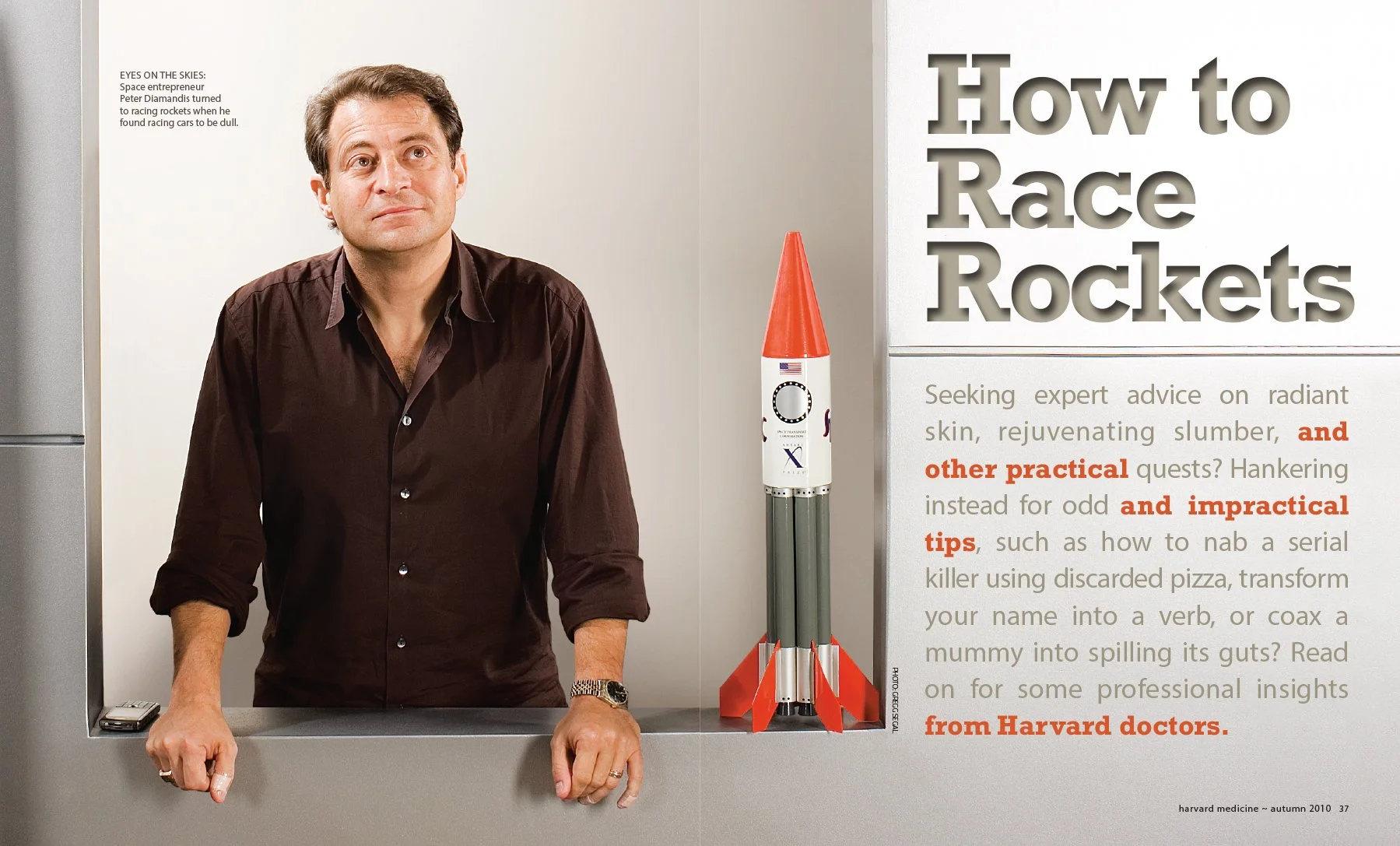Nurturing Powerful Storytelling: First-Person Narratives
THE CHALLENGE: To coax harried doctors into telling their stories
THE SOLUTION: Harvard Medical School’s magazine had a rich, decades-long history of publishing essays written by doctors. But not all physicians had the time to write their accounts. So, in some instances, when I suspected the results would prove irresistible, I would go to great lengths to capture both story and voice.
While planning the five senses issue, for example, I requested an essay on synesthesia from one of my favorite writers, a Harvard neurologist whose own brain translated the alphabet into colors. Yet she turned me down.
“You know I love working with you on the magazine,” she said, “but I just have too many deadlines.”
She sounded wistful, so I began telling her about tantalizing content we’d already planned for Harvard Medicine’s special issue on the senses. One doctor, an oenophile, would write about using his olfactory talents to diagnose disease, while another would explore the mysteries of finicky eating. By the time I’d listed research articles on face blindness, gustatory hallucinations, and the tactile acuity of tai chi practitioners, she’d had enough.
“I hate you,” she said. We both knew it wasn’t true.
The next day she emailed me 5,000 words she had written on synesthesia over the years. Together we shaped that hodgepodge of neurological data, historic details, sensory images, and childhood memories into an article. Her essay became just one powerful element in an issue that received both reader acclaim and gold medals from Folio: Magazine and the Council for Advancement and Support of Education.
In another instance, I turned a grant proposal into a cover story about an elegantly simple solution for a preventable cause of intellectual disability. Still other stories—including a how-to roundup, a nature photography essay, and an anesthesiologist’s humorous account of moonlighting for a zoo—stemmed from interviews with doctors.
MOST NOTABLE RESPONSE: One of the articles I wrote in collaboration with a Harvard doctor—the one taken from a grant proposal—yielded the single best response in my dozen years of editing the magazine. A Peace Corps worker in Uzbekistan had read the cover story about an alumnus’s innovative strategies for introducing iodine to populations in remote areas of Central Asia, where natural deficiencies in the mineral can leave people vulnerable to a range of mental and physical disorders. The Peace Corps volunteer asked the doctor for help, as Uzbekistani people face critical shortages of iodine. As a result of that contact, the two worked together to introduce iodine into irrigation water in the Ferghana Valley, an area with a population of 12,000.





